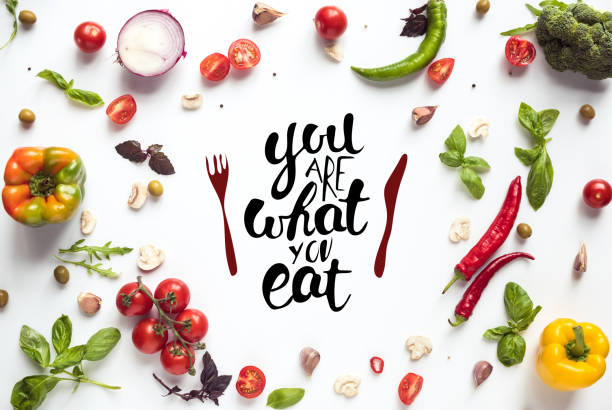Like every product, food is designed.
Like most people of my generation, I grew up eating cookie biscuits. It’s basically a circle biscuit with dots, being chocolate chips.
It wasn’t until recently that I realised that those biscuits had been designed. They are the result of a number of intentional decisions taken at the development phase. A brand manager had created the concept, a food scientist had come up with the recipe. A buyer had sourced the ingredients from specific suppliers, and a retailer had chosen the shelf where my parents decided to buy them.
This is what we call food design: The series of decisions made between the moment where a raw ingredient is harvested until it ends up on our shelf or plate. Such design happens in restaurants when chefs create new menu. It happens with brands when teams launch new products, and it happens in cities when nutritionists create guidelines for school canteen menus.
A food stylist is a person who plates and styles food that’s featured in everything from promotional photos to magazine spreads. They work closely with chefs, editors and photographers to make it look as good as possible.
What we need to ask ourselves is: is there a clear and positive intention behind those decisions? Do they enable a regenerative food system?
Why is it important?
The influence of the decisions taken at the design stage radiates throughout the whole food system, from farmers to consumers. If we want to achieve a circular economy for food, design is a key element.
Food design defines what ingredients you end up eating and how diverse they are. Currently, despite there being hundreds of thousands of edible plants and animals, only 12 crops and five animal species account for 75% of our food intake, according to the United Nations. Designers could decide to use a whole range of new ingredients, helping us discover forgotten flavours, whilst increasing biodiversity.
Eventually, the design greatly influences what farmers grow, and how they grow it, by creating sufficient demand.
Get the design right
As in many other disciplines of design, the scope of food designers — although not many would yet define themselves as such — is widening. What was important 20 years ago was to make tasty products that people would love. In recent years, there has been a strong focus on products that are nutritious as well as tasty. What we see emerging now is a demand for nutritious, tasty products that leave nature in a better state than it was before they were produced.
Who are the food designers?
If food is designed, then we can safely assume that there are its designers. I have to admit that even after scouring the web, I have found only a handful of people who call themselves food designers. One notable exception is Kellogg’s, since the brand openly started recruiting ‘food designers’ in 2020.
However, designers can be considered as all the actors that have influence over the decisions taken at the design stage of any given system.
That means:
- The nutritionists and chefs who define the menus and the recipes in restaurants and canteens
- The brand managers and product developers in fast-moving consumer goods (FMCG) companies who create the concept of a new product
- Scientists who define the ingredients
- Buyers who source each ingredient
Food and Leadership
Two roles have an indirect but nonetheless important influence and should not be overlooked:
- The leaders who define the commitments that the company will need to fulfil and can unlock resources
- The sustainability leaders who translate company commitments into activities for each business unit
If you belong to one of those categories, you’re closer to food design than perhaps you first thought. What’s more, you have great power to leverage in the transition to a circular economy for food.
